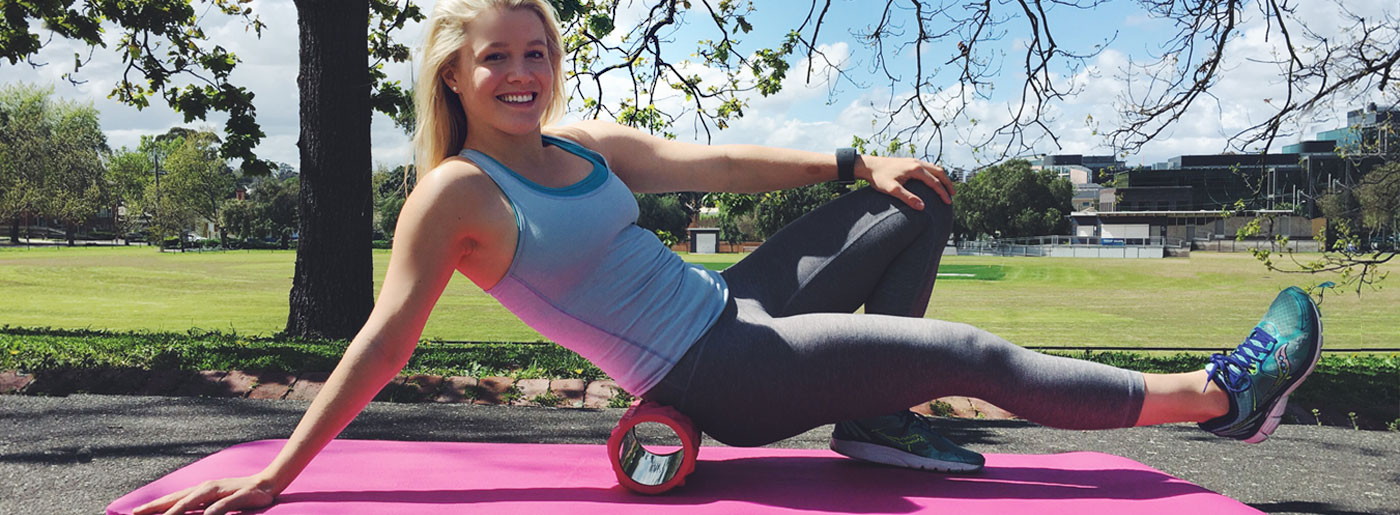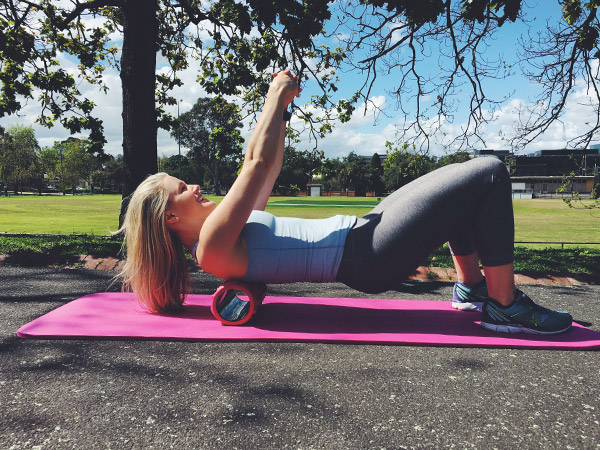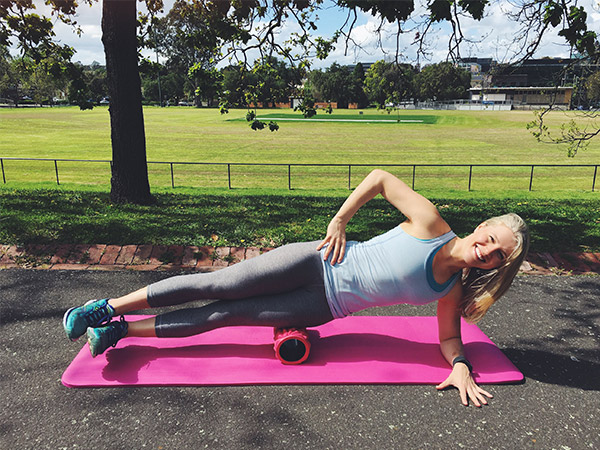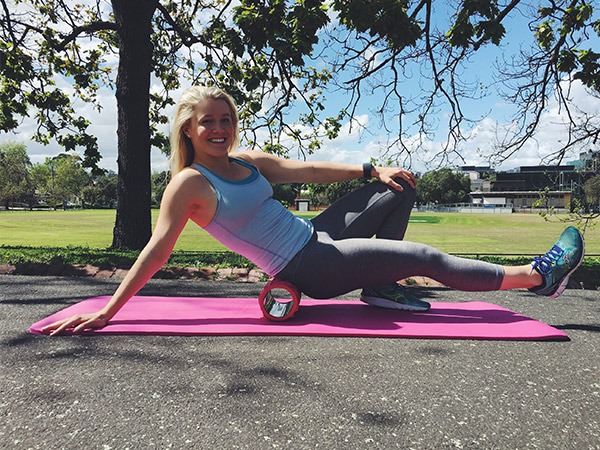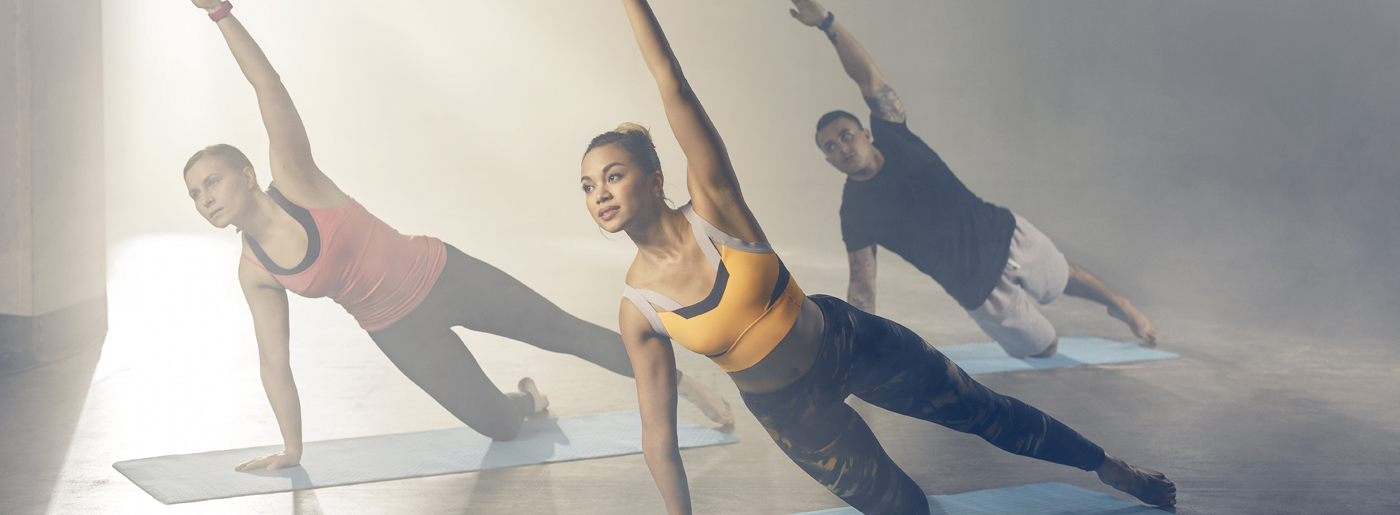Foam rolling and a desk job go together like pen and paper, or that red exclamation mark (!) and an important email subject line (RE:FW:FW: Check out these awesome foam roller moves). This goes particularly for remote workers who spend their days working in a not-so ergonomic remote workspace.
If this is the first time you’re hearing of a foam roller, chances are you seriously need to use one.
The Benefits Of Foam Rolling
Foam rolling is arguably one of the most under-utilized pre-post training techniques to help with muscle soreness – let me explain to you why.
Most importantly, foam rolling is responsible for myofascial release, a technique that involves relaxing muscle tension and improving blood and lymphatic circulation in your myofascia, the tissues that surround the muscles in your body. It’s crucial to understand fascia to understand the benefits of using a foam roller, and I’ll do my best to explain this in the least scientific way possible.
Foam rolling is arguably one of the most underutilized pre-post training techniques to help with muscle soreness.
A spider web is the best analogy I was taught in order to understand the role of fascia within the body. This is because fascia is a connective tissue – like a web – connecting your entire body beneath the skin. It’s responsible for the attachment, stabilization, and the separation of muscles as well as other internal organs. It also looks like a sheath or bunch of fibrous connective tissues lined parallel to the direction of the pull of a muscle.
What do foam rollers have to do with this? Well, everything.
When fascia undergoes stress from exercise it has the ability to create what are called adhesions. In other words, it undergoes a chemical change and fascia becomes sticky and begins to glue to other fascia, thereby impeding full-range movement within the body. Another factor that can lead to this stickiness is dehydration, so remember to drink enough fluids.
When people say, “my muscles feel tight” what this usually means is that there are adhesions in their fascia and it is making it hard for them to move normally. This would be like training your legs at the gym one day, and then not being able to walk normally the next few days – sound familiar?
Foam rolling is the best way to break these adhesions because it puts pressure on the fascia, releasing trigger points where you feel tight and sore.
What makes foam rolling great is that:
- It’s cost-effective: Who wouldn’t want to pay $10 for a foam roller that can be used for an at-home ‘massage’, instead of $100 for a 60-minute professional massage at a spa?
- It improves circulation: When we massage our fascia we aid in the exchange of nutrients on a cellular level, create more oxygenated blood, and flush toxins. Given the main contributor of cellulite is poor circulation; foam rolling might just be the newest quick fix for smoother-looking skin!
- It speeds up recovery: By eliminating adhesions in your fascia you will be able to train more consistently and with the same intensity.
4 foam rolling moves for remote workers
Foam rollers come in many different degrees of firmness and so it is important to choose the right one. For beginners, aim for a soft roller because if your muscles are new to it they will find a hard roller far too painful!
1. Mid-back
This foam rolling exercise is a winner for those who sit for hours at a desk, in the car, or on a couch (p.s. Get up and move guys!) These sedentary activates cause muscles in the upper back to tense-up and can lead to poor posture, weak shoulders and upper-back soreness. In order to help this, lie on your back and roll between your shoulder blades.
2. IT Band
Your IT band is a ligament connecting your hip to your knee from the outside of your thigh and it is very prone to tightness. It’s important to relax this area given it is commonly a source of injury for runners if overused (Iliotibial Band Syndrome) and, in the case of most sedentary workers, there is no doubt it is stiff. When you work on this area, be extra careful and consider using a softer foam roller to avoid inflammation.
3. Calves
Our calves act in part as the brakes and gas-pedals for our legs, and they stabilize our ankles. When tight they thereby limit the mobility of other parts of our legs thereby making walking and running difficult.
4. Glutes
Glutes are arguably the weakest muscle for many office workers simply because we don’t get a strong bum by sitting on it! It is crucial to roll tight glutes before they lead to pain in your back and hips.
What next?
Besides these moves, remote workers spending their days at a desk should try foam rolling their hamstrings and lats. Also, remember to stretch your hip flexors.
If you found these foam roller moves useful, be sure to email this advice to your remote colleagues with RE:RE:FW:FW:URGENT(!) Foam rolling for office workers.
If you liked this post, don’t forget to share so that others can find it, too.
Or give it a thumbs up!
I like this article
Please note that the information provided in the Polar Blog articles cannot replace individual advice from health professionals. Please consult your physician before starting a new fitness program.
